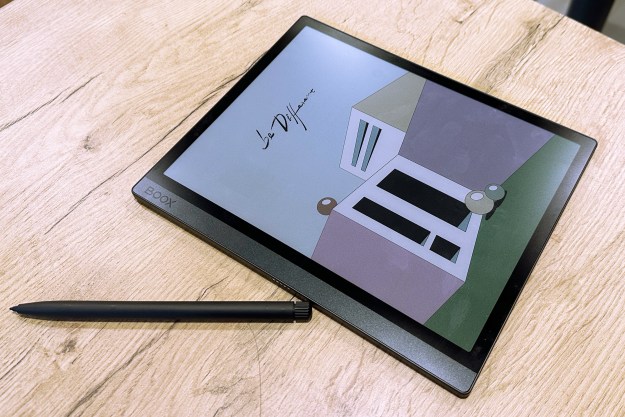
We’re constantly looking for ways to secure our devices. Nowadays, the most common is the alpha-numeric password protection. Some devices have introduced biometric fingerprint scanning, and we may be seeing more of that in the future. Coming up next, reports Gadget Review, will be eye scanning.
Developed by EyeVerify and introduced at the Mobile World Congress, Eyeprint is an application the company is currently working on; once ready, it will use a mobile device’s camera to snap a photo of the user’s eye, only unlocking the phone after verifying that the veins of the eye belong to the owner.
While some skeptics may wonder how accurate eye vein biometrics are, particularly when compared to a person’s fingerprint, the company assures that they’re just as accurate.
According to EyeVerify’s website, scanning one’s eye (or, as they call it, eyeprinting) takes four simple steps:
- Hold the phone anywhere from 6-12 inches away from the user’s eye.
- The user looks to the left or to the right, but not directly at the camera.
- The phone alerts the user when the scan is complete by vibrating.
- Total processing of the image is complete in less than one second.
The application isn’t quite ready for the market just yet, but the company assures that it’s close to finishing it and releasing to the public. No word yet on what the pricing may be.
It’s hard to say who EyeVerify is likely to target the product toward. We can imagine that the average user would find it much easier to just press a thumb down on the screen rather than to snap a photo of their eye each time they want to use their phone, particularly because so many of us are constantly locking and unlocking our phones, so it could prove to be a bit of a pain.
Editors' Recommendations
- How to get developer options on your Android phone
- How to scan documents with your iPhone
- How to unlock your Android phone automatically with Smart Lock


